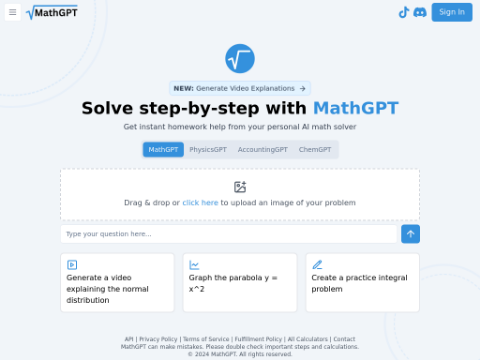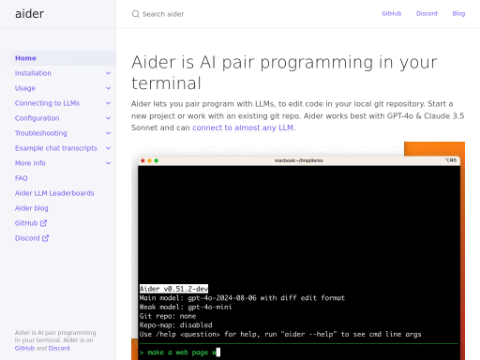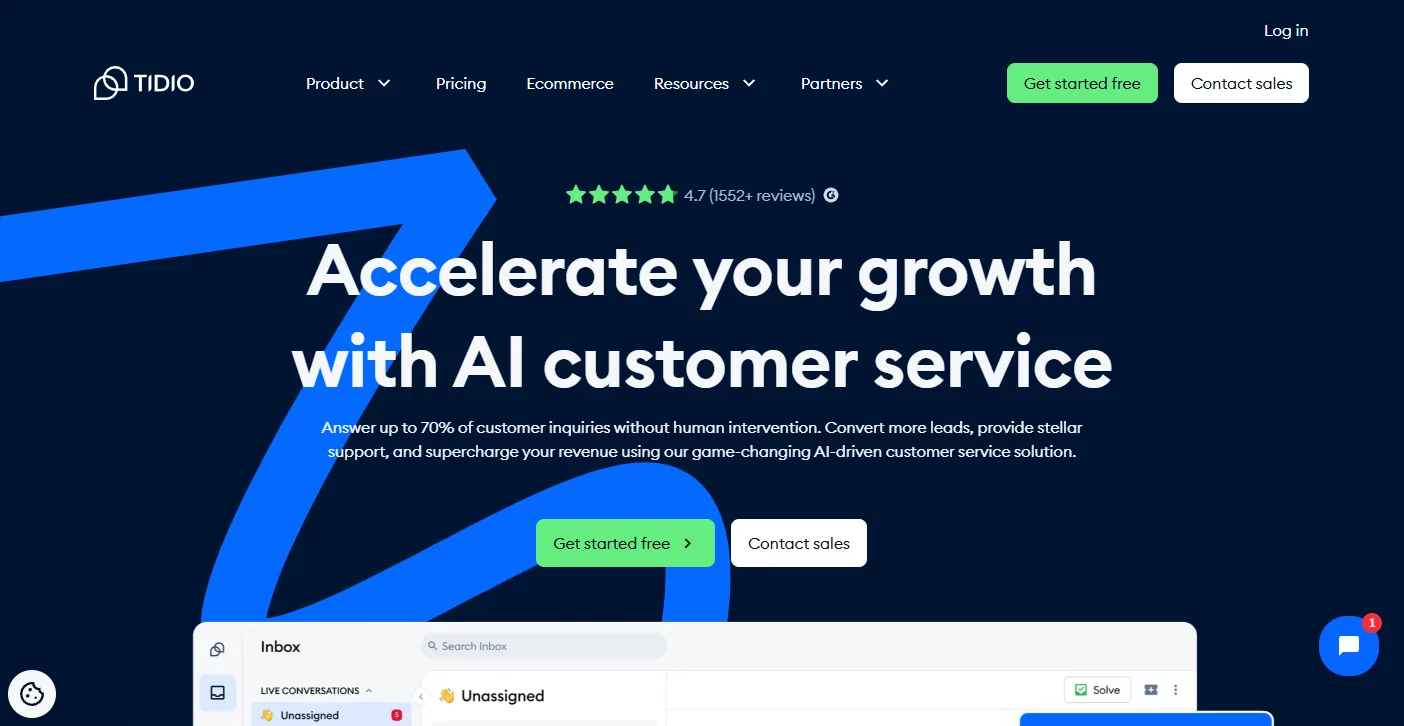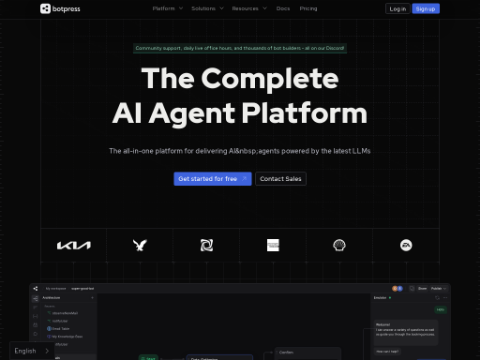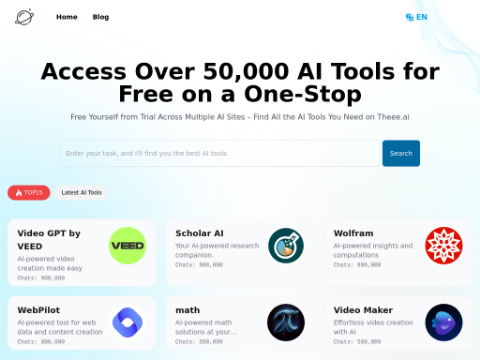In the past year, there has been widespread attention on the discussion of AI encroaching on human jobs. This is because OpenAI's release of ChatGPT has significantly increased the adoption of AI.
"Machines taking away our jobs" is a sentiment often expressed during periods of rapid technological change. With the creation of large-scale language models, this anxiety has resurfaced.
MIT researchers conducted a comprehensive assessment of the feasibility of AI replacing human labor costs in various tasks in the United States.
Particular emphasis was placed on positions utilizing computer vision, a subset of AI that enables computers to extract information from images, videos, and other inputs.
The researchers also stated in their report, "We find that, at current costs, US firms would not choose to automate most visually-exposed tasks."
They further revealed that only 3% of tasks can be automated in an economically viable manner. However, the researchers pointed out that by 2030, this number could increase to 40% assuming a decrease in data costs and an improvement in accuracy.
The researchers studied the potential consequences of reduced costs for AI systems and how these changes would impact the pace of automation. For example, if the cost of implementing AI in the workplace significantly decreases, it could accelerate the adoption of AI in various fields, potentially leading to faster changes in the job market. Conversely, higher costs could slow down this transition, giving workers and industries more time to adapt, especially if there is an increase in computational demand, difficulty in finding data, or a scarcity of technical workers.
The study collected data from approximately 1,000 visual recognition task performers through an online survey. They assessed the economic value of these tasks and the total cost required to automate them.


